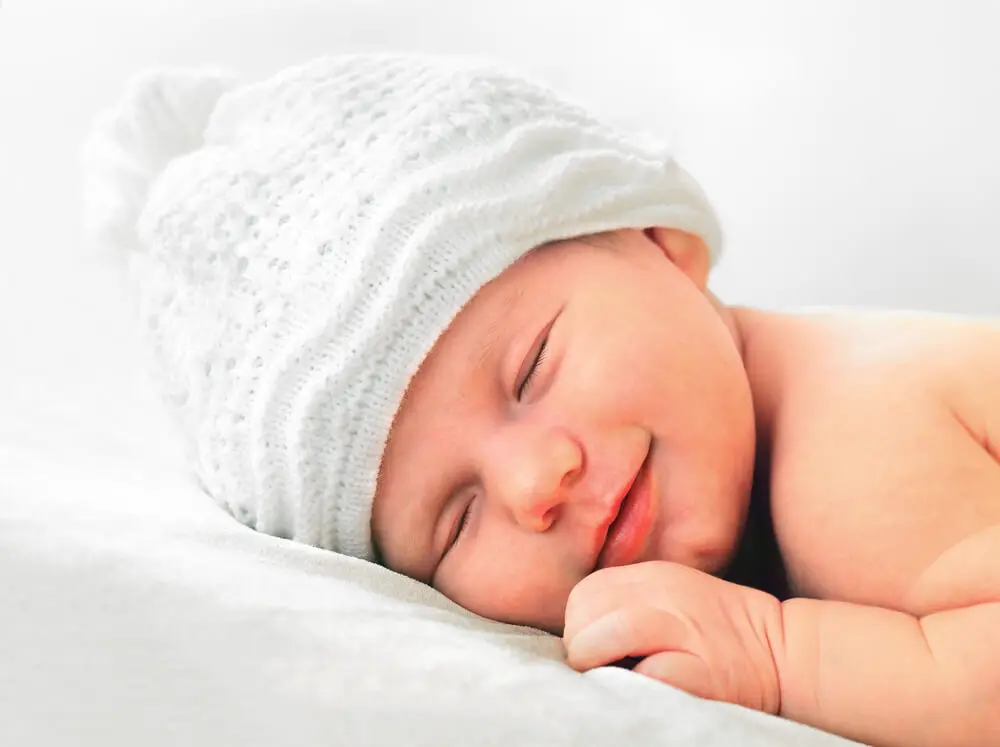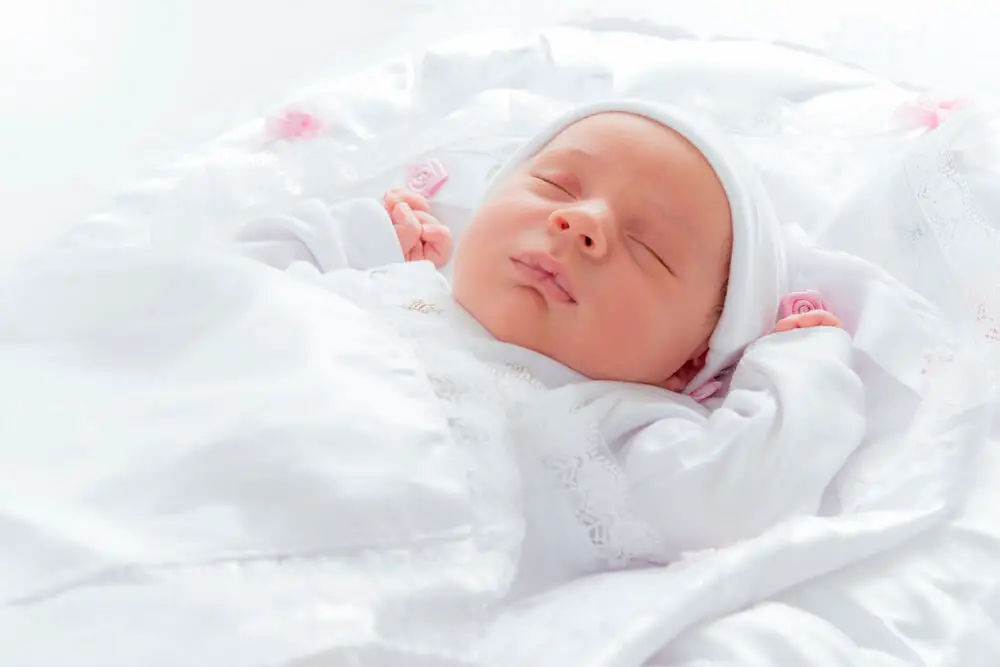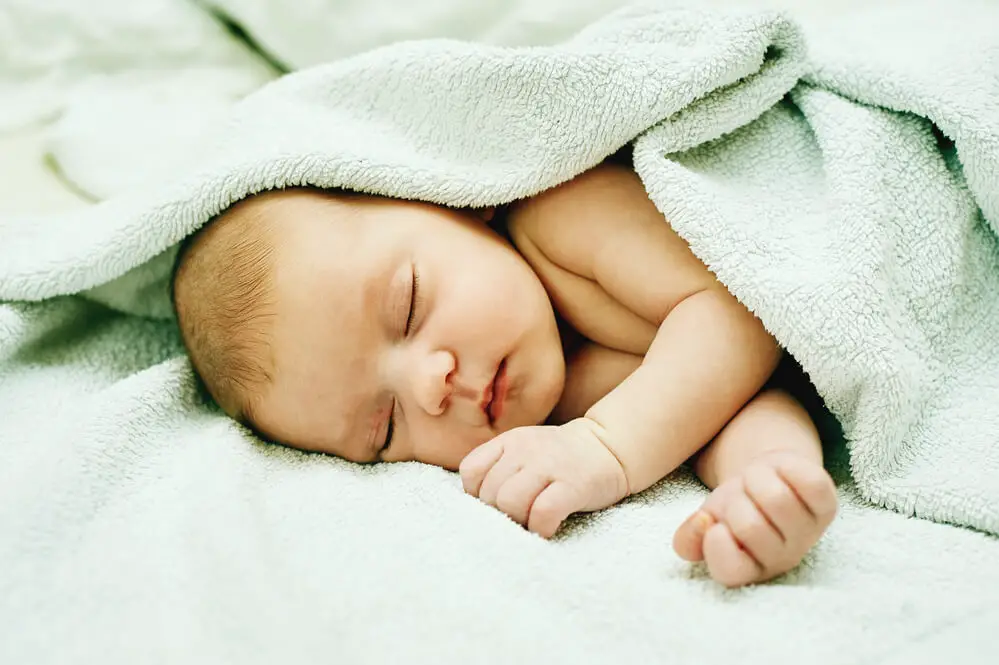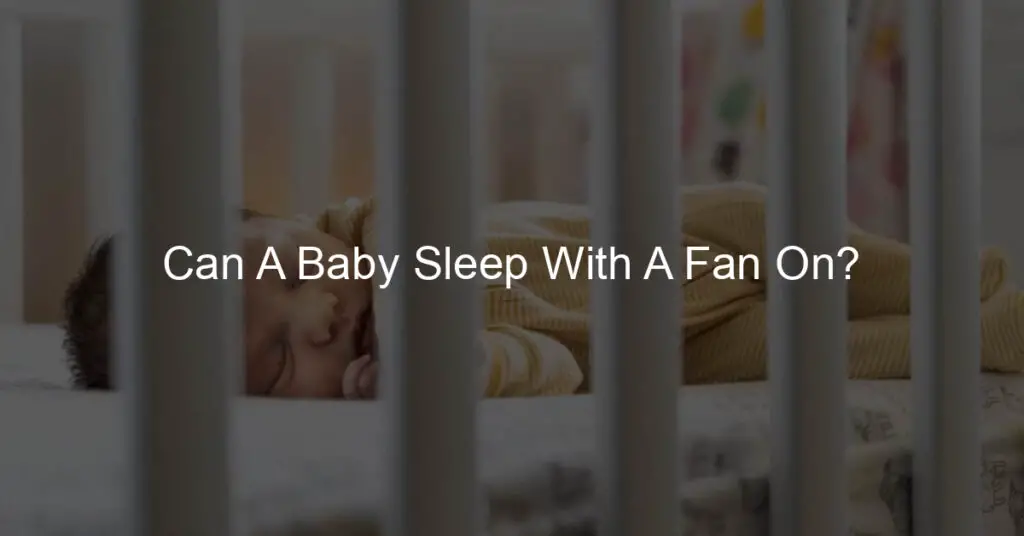Introduction to Baby Sleep Safety
Ensuring a safe sleep environment for your baby is of utmost importance. It not only guarantees a good night’s sleep for your little one but also provides peace of mind for you as a parent. In this section, we will discuss the importance of a safe sleep environment for babies and address some common concerns about baby sleep safety.
-
- Importance of safe sleep environment for babies
Creating a safe sleep environment for your baby is crucial for their growth and development. According to the American Academy of Pediatrics, a safe sleep environment can significantly reduce the risk of Sudden Infant Death Syndrome (SIDS) and other sleep-related infant deaths. A safe sleep environment includes a firm sleep surface, such as a mattress in a safety-approved crib, covered by a fitted sheet. There should be no other bedding or soft objects in the baby’s sleep area.
-
- Common concerns about baby sleep safety
Many parents have concerns about their baby’s sleep safety. Some common concerns include the baby rolling over during sleep, the baby’s room temperature, and the use of blankets and toys in the crib. It’s important to note that babies should always be placed on their backs for sleep and the crib should be free from blankets, toys, and other soft objects. The room temperature should be kept comfortable and not too warm. If you have any concerns about your baby’s sleep safety, it’s always best to consult with a healthcare professional.
In the following sections, we will delve deeper into understanding the baby sleep environment and discuss the pros and cons of having a fan on in the baby’s room. We will also present a case study on baby sleep and fan noise, and provide safe sleep practices for infants. Stay tuned to learn more about ensuring a safe and comfortable sleep environment for your baby.

Understanding Baby Sleep Environment
Creating a safe and comfortable sleep environment is crucial for your baby’s health and development. One of the key factors to consider is the temperature of the room where your baby sleeps.
Optimal Temperature for Baby Sleep
The temperature in your baby’s room can significantly impact their sleep quality. It’s essential to maintain an optimal temperature range to ensure your baby sleeps comfortably and safely.
- Recommended temperature range for baby’s room: The American Academy of Pediatrics recommends keeping the room where your baby sleeps between 68–72 degrees Fahrenheit (20–22.2 degrees Celsius). This range is considered safe and comfortable for your baby.
- Effects of temperature on baby sleep: A room that’s too hot can make your baby restless and interrupt their sleep. On the other hand, a room that’s too cold can make your baby uncomfortable and lead to frequent wake-ups. Maintaining the recommended temperature range ensures your baby gets a good night’s sleep.
Remember, every baby is unique and may have different comfort levels. It’s important to observe your baby’s sleep patterns and adjust the room temperature accordingly. If your baby is sweating or their chest feels hot, the room may be too warm. If your baby’s hands and feet are cold, the room may be too cold.
Ensuring the right sleep environment for your baby can seem daunting, but with a little knowledge and observation, you can create a safe and comfortable space for your baby to sleep and grow.
Importance of Ventilation in Baby’s Room
Proper ventilation in a baby’s room is crucial for several reasons. It plays a significant role in maintaining the baby’s sleep temperature and has numerous health benefits. Let’s delve into these aspects in more detail.
-
- Role of Ventilation in Maintaining Baby Sleep Temperature
Good ventilation is essential in maintaining a comfortable sleep temperature for your baby. A well-ventilated room helps to regulate the temperature, preventing it from becoming too hot or too cold. This is crucial as babies cannot regulate their body temperature as adults do. A room that is too hot can lead to overheating, which is a risk factor for Sudden Infant Death Syndrome (SIDS). On the other hand, a room that is too cold can lead to hypothermia. Therefore, ensuring good ventilation can help maintain an optimal sleep environment for your baby.
-
- Benefits of Good Ventilation for Baby’s Health
Aside from temperature regulation, good ventilation has several other health benefits for your baby. It helps to circulate fresh air, reducing the risk of respiratory problems and allergies. It also helps to remove pollutants and germs from the room, thereby reducing the risk of infections. A study by the Environmental Protection Agency found that indoor air can be 2-5 times more polluted than outdoor air, highlighting the importance of good ventilation. Furthermore, a well-ventilated room can also promote better sleep quality, contributing to your baby’s overall well-being.

Fan On in Baby’s Room: Pros and Cons
When it comes to creating a comfortable and safe sleep environment for your baby, there are many factors to consider. One such factor is whether or not to have a fan on in the baby’s room. Let’s explore the benefits and potential concerns of this practice.
Benefits of Having a Fan On
There are several reasons why you might want to consider using a fan in your baby’s room. Here are a couple of key benefits:
- Role of fan in maintaining baby sleep temperature: Babies can’t regulate their body temperature as well as adults can. A fan can help circulate air and maintain a comfortable temperature in the room. According to a Wikipedia article, fans can help in reducing the risk of Sudden Infant Death Syndrome (SIDS) by up to 72% by preventing overheating.
- Fan noise for baby sleep: soothing effects: The consistent, soft hum of a fan can also serve as white noise, which can be soothing for babies. It can help mask other noises that might wake the baby, leading to better, undisturbed sleep.
While these benefits are significant, it’s also important to be aware of potential concerns and take necessary precautions when using a fan in a baby’s room. We’ll explore these in the next section.
Potential Concerns with Fan On
While there are several benefits to using a fan in your baby’s room, it’s important to also consider potential concerns. Two of the most common issues parents face when using a fan in their baby’s room are dryness and coldness. Let’s delve into these in more detail.
-
- Possible effects of fan on baby: dryness, coldness
Having a fan on in the baby’s room can sometimes lead to dryness. This is because the fan circulates air, which can lead to moisture being pulled from the baby’s skin, causing it to become dry. Additionally, if the fan is too powerful or placed too close to the baby, it can make the baby feel cold. This can be particularly concerning during colder months or in colder climates, as babies cannot regulate their body temperature as effectively as adults can. Thermoregulation in infants is a crucial aspect to consider when setting up their sleep environment.
-
- Precautions to take when using a fan in baby’s room
There are several precautions you can take to mitigate the potential negative effects of using a fan in your baby’s room. Firstly, ensure the fan is not directly blowing on your baby. This can help prevent dryness and coldness. Secondly, consider using a humidifier in conjunction with the fan to maintain a comfortable level of humidity in the room. This can help keep your baby’s skin from becoming too dry. Lastly, monitor the temperature of the room regularly to ensure it is not too cold for your baby. If necessary, adjust the fan speed or move the fan further away from the baby’s crib.
It’s always important to balance the benefits and potential concerns when deciding on the best sleep environment for your baby. By taking the right precautions, you can ensure your baby is comfortable, safe, and well-rested.

Case Study: Baby Sleep and Fan Noise
Understanding the relationship between baby sleep and fan noise can be crucial for parents. This section will delve into a case study that explores this topic in depth.
-
- Effects of fan noise on baby sleep: research findings
Research has shown that fan noise, often referred to as ‘white noise’, can have a positive impact on baby sleep. A study published in the Journal of Pediatrics found that babies exposed to fan noise fell asleep 38% faster than those without. The constant, soothing sound appears to mimic the conditions within the womb, providing a comforting environment for infants.
Moreover, the fan noise also helps to mask other disruptive sounds that could potentially wake the baby. This is particularly beneficial in noisy households or urban environments.
-
- Practical implications for parents
The findings from this case study suggest that using a fan or a white noise machine can be a useful tool for parents struggling with baby sleep issues. However, it’s important to remember that the fan should not be directed at the baby to avoid risks of hypothermia or dehydration.
Parents should also consider the volume of the fan noise. It is recommended to keep it at a safe level, not exceeding 50 decibels, which is about the sound level of a quiet conversation at home. This can prevent potential hearing damage.
In conclusion, while fan noise can be beneficial for baby sleep, it’s essential for parents to use this tool safely and responsibly. Always consider the baby’s comfort and safety first.
Safe Sleep Practices for Infants
Ensuring a safe sleep environment for your infant is crucial for their health and development. Let’s delve into the key elements that make up a safe sleep environment and the role a fan can play in it.
Creating a Safe Sleep Environment
-
- Key Elements of a Safe Sleep Environment
Creating a safe sleep environment for your baby involves several important factors:
-
-
- Clear Crib: The crib should be free of pillows, blankets, and toys to prevent suffocation.
- Firm Mattress: A firm mattress with a tight-fitting sheet reduces the risk of SIDS (Sudden Infant Death Syndrome).
- Room Temperature: The room should be kept at a comfortable temperature, not too hot or too cold.
- Smoke-Free Environment: Exposure to secondhand smoke can increase the risk of SIDS.
- Role of Fan in a Safe Sleep Environment
-
Using a fan in your baby’s room can have several benefits. It can help circulate air and maintain a comfortable room temperature. According to a study published in the Archives of Pediatrics & Adolescent Medicine, using a fan can reduce the risk of SIDS by 72%. However, it’s important to ensure the fan is not directly blowing on the baby to avoid chill.
Remember, every baby is unique and what works for one may not work for another. Always consult with your pediatrician to determine the best sleep practices for your infant.
Baby Sleep Tips
As parents, ensuring that your baby gets a good night’s sleep is crucial for their growth and development. Here are some tips that can help you establish a healthy sleep routine for your baby and use fan noise effectively to aid their sleep.
-
- Establishing a Sleep Routine
Creating a consistent sleep routine for your baby can help them understand when it’s time to sleep. This routine could include activities like a warm bath, a bedtime story, or a lullaby. Try to keep the routine consistent every night, as this can help signal to your baby that it’s time to sleep. According to Wikipedia, infants have a biological rhythm that adjusts to regular sleep patterns. Therefore, consistency is key when establishing a sleep routine.
-
- Using Fan Noise for Baby Sleep: Tips and Precautions
Fan noise, also known as white noise, can be beneficial for a baby’s sleep. It can mimic the sounds they heard in the womb, creating a soothing environment that can help them fall asleep. However, it’s important to take some precautions when using a fan for this purpose. The fan should be placed at a safe distance from the baby and should not be too loud, as this could potentially harm the baby’s hearing. As per Wikipedia, white noise machines should not exceed 50 decibels to ensure safety for infants.
Conclusion: Is it Safe for Your Baby to Sleep with a Fan On?
After a comprehensive review of the factors surrounding the safety of using a fan in your baby’s room, it’s time to draw some conclusions. Let’s summarize the key points and provide final recommendations for parents.
-
- Summary of key points
Firstly, it’s important to remember that the safety of your baby is paramount. We’ve learned that having a fan on in your baby’s room can help circulate air and potentially reduce the risk of SIDS. However, the fan should not be directed at the baby and the room temperature should be kept comfortable to prevent your baby from getting too cold. Noise from the fan can also serve as white noise, which may aid in better sleep for your baby.
-
- Final recommendations for parents
Based on the information provided, it is safe for your baby to sleep with a fan on, provided certain precautions are taken. Ensure the fan is not directly facing your baby, and the room temperature is kept at a comfortable level. Also, regular cleaning of the fan is necessary to prevent dust accumulation which could lead to allergies. Lastly, always monitor your baby’s comfort and adjust the fan settings as needed.
In conclusion, while a fan can be beneficial in creating a safe and comfortable sleep environment for your baby, it is not a substitute for other safe sleep practices. Always place your baby on their back to sleep, keep the crib free of loose bedding and toys, and maintain a smoke-free environment. Remember, every baby is unique and what works for one may not work for another. Always consult with your pediatrician if you have any concerns about your baby’s sleep environment.














